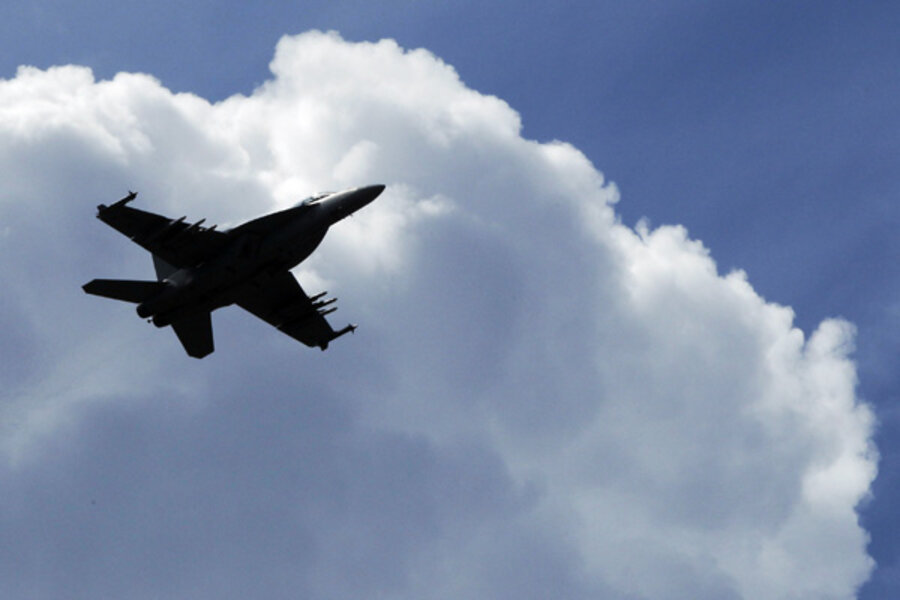UK austerity budget to trim defense spending
Loading...
As the Coalition Government gears up for big spending cuts, much of the focus is on the Ministry of Defence (MOD)’s annual c£50 billion budget. How Trident’s replacement is financed is important but its impact on the MOD budget for the next few years should be marginal. Instead, the quest for large mid-term savings should focus on the MOD’s procurement division, whose performance since the 1960s has been dire – epitomised by the long-running fiasco over torpedo development.
Indeed, the much-praised Gray Report concluded that the average cost overrun for major procurement orders was 40% - and 80% from the first estimate – whilst the time overrun averaged a staggering five years. Recent soundings indicate that the aircraft procurement budget looks most likely to be slashed – and rightly so. Even BAe Systems seems reconciled to cancelled orders for Typhoon fighters. Other aircraft purchases may also be cut back or deferred, including orders for the Airbus derivative A400M, for F-35 JCA planes and for the hyper-expensive Future Strategic Tanker Aircraft.
The Royal Navy is unlikely to escape cuts although the indications are that both aircraft carriers orders – the Queen Elizabeth and the Prince of Wales – will survive the cull, although the latter’s role may be redefined. Given the deteriorating situation in Afghanistan, the Army expects considerable protection – its confidence may be vindicated. Nevertheless, the Treasury will expect savings from the Future Rapid Effects Systems (FRES) programme.
Understandably, the infamous bureaucracy at the MOD is a target for cost savers. Job cuts and a crack-down on pay increases are widely anticipated. The MOD’s cash flow could also be boosted by privatisation initiatives. The National Audit Office has valued the MOD’s estate at c£20 billion spread over 4,000 sites. Surely, some of these sites should be sold.
Where will the MOD knife fall most sharply – aircraft procurement?
Add/view comments on this post.
------------------------------
The Christian Science Monitor has assembled a diverse group of the best economy-related bloggers out there. Our guest bloggers are not employed or directed by the Monitor and the views expressed are the bloggers' own, as is responsibility for the content of their blogs. To contact us about a blogger, click here. To add or view a comment on a guest blog, please go to the blogger's own site by clicking on the link above.





